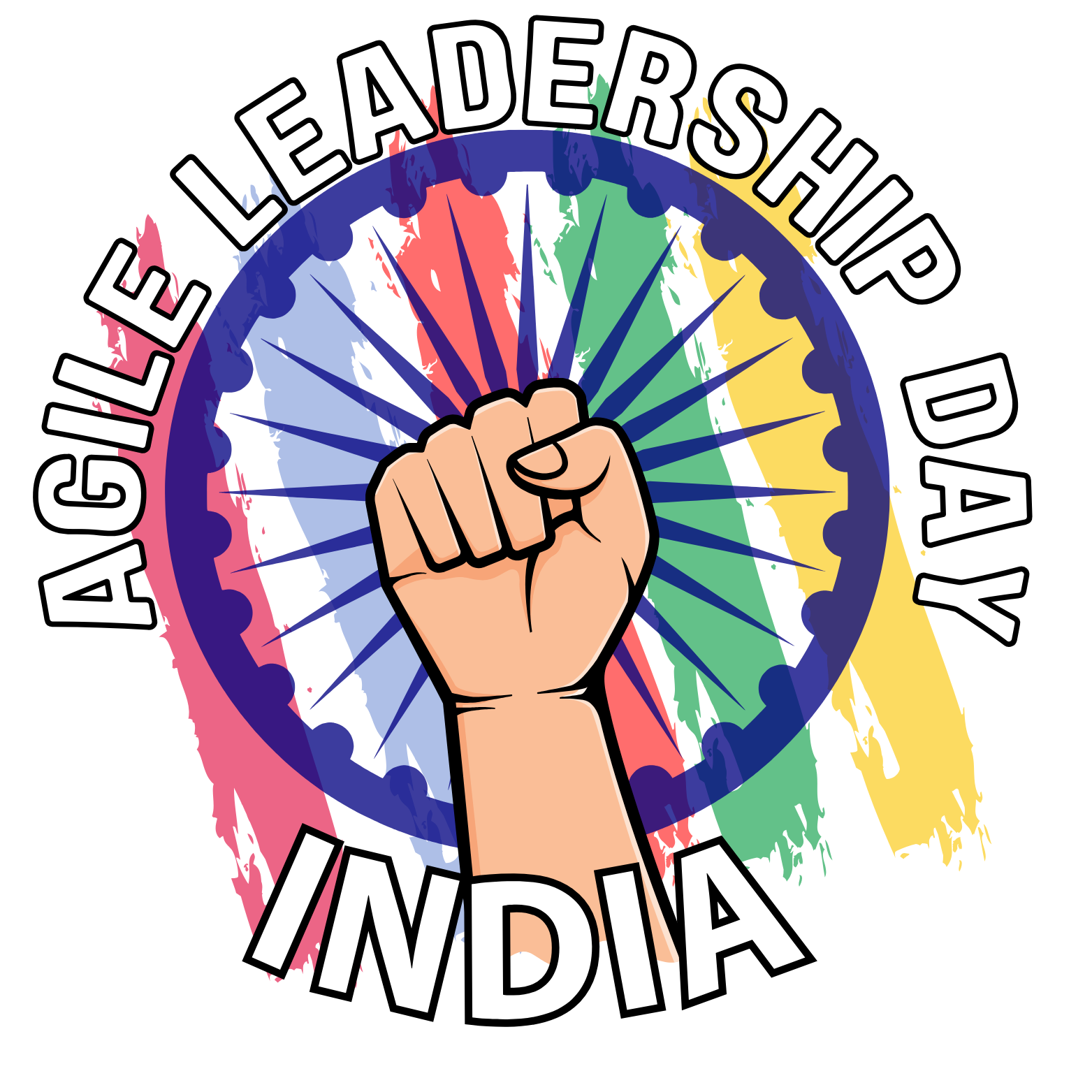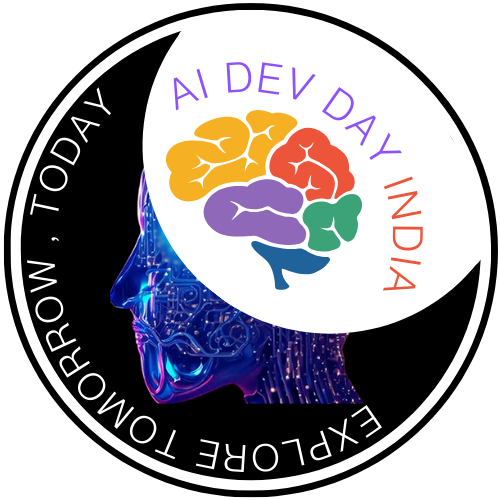The Psychology Behind Agile: Why It Works – Or Doesn’t
Agile is more than a process—it's a mindset. It's built around collaboration, adaptability, and delivering value fast.
Agile works brilliantly in some teams, and in others, it struggles or outright fails.
Why? Because Agile isn’t just a set of practices, it’s grounded in human psychology—how we think, work, learn, and interact with one another. And if we ignore that psychology, even the most beautifully run stand-ups and well-documented boards won’t make a difference.
Let’s explore why Agile works when it works—and why it doesn’t when it doesn’t.
Why Agile Works: It Aligns with How Humans Thrive
1. We’re Wired for Autonomy
Agile empowers teams to make decisions, self-organize, and manage their own workflow. According to Self-Determination Theory, autonomy is one of our basic psychological needs. When teams have control over their work, they feel more invested, more accountable, and more motivated.
When it works: The team is trusted. They manage themselves, raise blockers, and improve continuously.
When it doesn’t: Leadership micromanages every move. Agile becomes theatre, not autonomy.
2. Feedback Fuels Learning
Agile’s short feedback loops (sprints, reviews, retrospectives) tap into how our brains learn best. Frequent feedback triggers dopamine, the brain’s learning hormone. It makes learning faster and improvement more natural.
When it works: Teams embrace feedback without fear, learn quickly, and iterate confidently.
When it doesn’t: Feedback is vague, rare, or feels like blame. The result? Silence, stagnation, and stress.
3. Transparency Builds Trust
Product Backlog, Sprint Backlog, and Sprint Reviews—they make work visible. This reduces uncertainty and creates shared understanding, which the brain craves.
When it works: Everyone knows what’s happening. Alignment is easy. People feel included.
When it doesn’t: Visibility becomes surveillance. Teams start hiding things instead of sharing them.
4. Psychological Safety Fuels Innovation
Agile encourages open retrospectives, safe-to-fail experiments, and servant leadership. These create space for people to speak up, admit mistakes, and bring their whole selves to work.
When it works: The team feels safe to say “I’m stuck” or “I messed up.” That honesty drives growth.
When it doesn’t: Silence rules. Retrospectives are quiet. Innovation dies because fear takes its place.
5. Progress Creates Motivation
Agile breaks work into small, valuable pieces. Delivering something every sprint builds momentum. That sense of progress is psychologically powerful—it's what keeps people going.
When it works: Teams see impact every week. Morale rises.
When it doesn’t: Work feels endless. Done never feels done. Burnout creeps in.
Why Agile Doesn’t Work (When It Fails the Human Test)
Agile fails not because of tools or lack of training. It fails when we forget the people behind the process. Here's what gets in the way:
1. Command-and-Control Culture
You can’t empower teams and control them at the same time. Agile fails when leadership says “self-organization” but acts like a taskmaster.
2. Agile in Name Only (AINO)
Agile becomes a checklist. Ceremonies happen, but the mindset is missing. Without trust, collaboration, and transparency, it’s just process for the sake of process.
3. Poor Communication
Agile thrives on open communication—between teams, leaders, and stakeholders. If silos persist, Agile becomes disconnected from reality.
4. No Room for Failure
If failure is punished, teams won’t take risks. If retrospectives lead to blame instead of learning, they’ll stop being honest.
Agile works when it's human.
Agile fails when it becomes mechanical.
Bring it back to the people:
- Build trust first.
- Empower your team.
- Create a culture where feedback is safe, frequent, and meaningful.
- Don’t chase velocity—chase value.
Agile isn’t a silver bullet. But it’s one of the few ways of working that matches how people naturally think, grow, and collaborate. When we honor that, Agile isn’t just productive—it’s transformational.
What’s your experience?
When has Agile felt like a superpower—and when has it fallen flat?
We’d love to hear your stories in the comments.
Share Your Story


